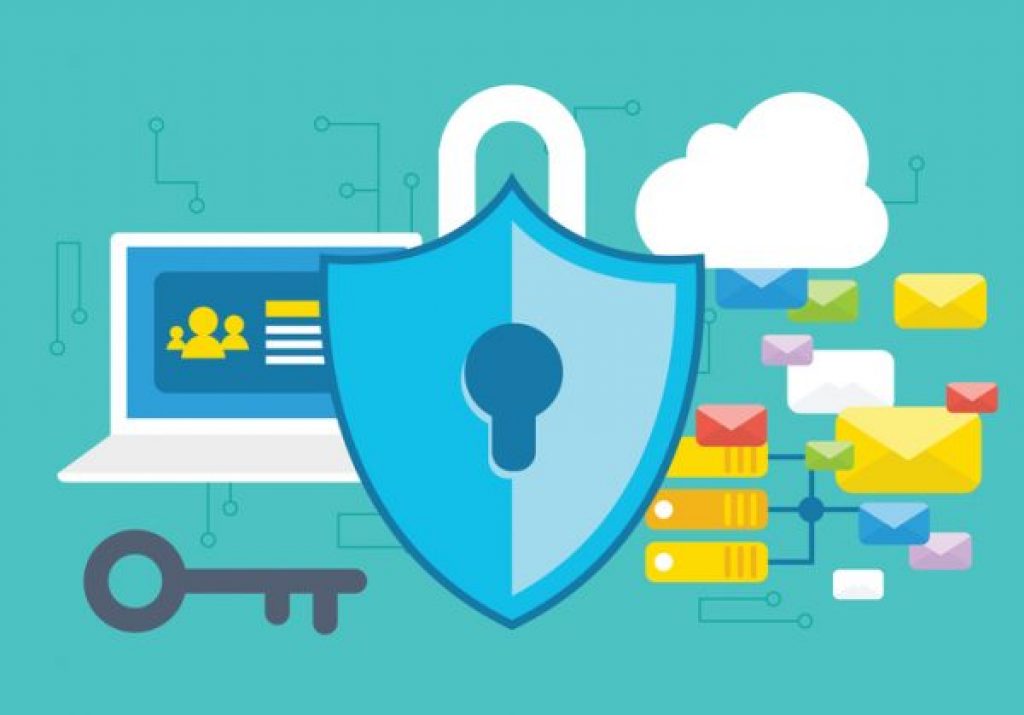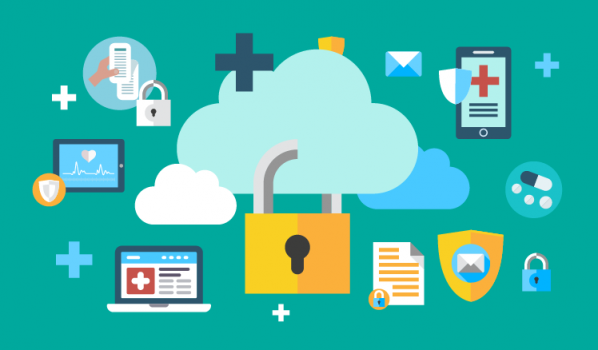Alongside technology advancement, the demand to stare data occurred. It also concerned HIPAA-Compliant healthcare organizations, which started to store PHI electronically, so that it became ePHI. The cybersecurity landscape is also actively changing these days. A huge variety of breaches are constantly happening and they become more severe each year.
So covered entities (CEs) under the Health Insurance Portability and Accountability Act of 1996 Security Rule (HIPAA) must adjust to new realities and think more about their patients’ personal information security and privacy. That’s why the U.S. Department of Health and Human Services (HHS) reminds us about HIPAA Technical Safeguards.
What do We Know about HIPAA Technical Safeguards?
HIPAA Security Rule protects ePHI by requiring CEs to implement suitable for their organizations’ safeguards. Under this rule, the Technical Safeguards are basically a group of rules and measures, which regulate the process of protection and access to ePHI.
By the Security Rule, covered entities must make sure that ePHI they get, store, transmit or create is secured, available, and integral. Maintaining the security of ePHI is also meant to identify and neutralize attacks, that could damage the data’s integrity, and protect it from unwanted leakages and disclosures, caring for the HIPAA compliance of their organization.
As mentioned before, it’s fully up to every CE what technical safeguards to maintain while protecting their organization’s ePHI. But before coming up with any decision, there are some factors to consider. They include the size of a covered entity, type of its services and their nicety, the quality and reliability of the technical side, soft and hard in particular, safeguards expenses, and risk analysis of probable accidents with ePHI.
But all these measures are not the key to ePHI security success. Covered entities should consider all aspects and tendencies of current changes. So that they can stay up to date and provide reliable services for patients.
About Control of Access and Audit in HIPAA Technical Safeguards
As for the Access Control, it gives rights for users to get access and carry out functions by using applications, programs, files, etc. It also allows authorized users to get admission to the lowes amount of data required for doing their work duties. Itself, the standard of the Access Control demands covered entities (CEs) to carry out technical rules and measures to manage ePHI and allow access only for individuals or programs that have a right to do it.
There is a big number of access controls models to put into the workflow of a covered entity. But none of them are defined under the Access Control standard as a must. Every CE should decide for itself what technologies or methods to implement. But, it’s important to consider the conformity for responsibilities of a team. Every team member, who works with ePHI to any extent, should have a way of access corresponding to the job responsibilities.
Regarding the Audit Control, there are no special requirements to implement. It demands CEs to put into workflow appropriate software, hardware, and procedure methods. Their purpose is to file and test activity in data systems that involve ePHI. A lot of data systems have functions of audit control, for example, the creation of audit reports. Such features of data systems are efficient for control, especially in case a data breach occurs.
Under the HIPAA Security Rule, there are no special instructions on how to gather those reports, so it is also up to every covered entity. When considering the Audit Control, CEs should think of their organizations’ technical aspects, such as software, hardware, etc. So they could make a determination of what audit control scheme is appropriate for their data system.
About Integrity, Confirmation of Individuals and Entities, and Transmission Security
These are the standards of data protection under the Technical Safeguards. The first standard, Integrity, is about protecting ePHI from unwanted changes and demolition by not authorized methods. To maintain and protect ePHI integrality is the main purpose of the Safeguards.
Personal health data breaches are dangerous for patients, as they contain a lot of valuable and sensitive information. Not only non-authorized individuals may delete or change data, but also some bugs in an electronic data storage system. So, the Standard of integrity foresees all these issues to determine rules and methods how ePHI should be protected despite the nature of the violation.
The standard of Individuals and Entities Confirmation is about determining the methods of authentification to get access to ePHI of a patient. There are a few ways of confirming the identity, like showing biometrical documents, telling a password of a patient, etc. Once the individual has passed the confirmation successfully, they gain all ePHI access privileges.
And the last standard, the Transmission Security one, demands the implementation of safety arrangements while transmitted ePHI is accessed without authorization. It is a very important standard, as nowadays the mechanisms of electronic health information exchange are gaining momentum. To protect ePHI properly, covered entities should study ways of data transmission they use. According to the type of transmission, CEs should come up with suitable solutions.

Conclusions
To sum up, the U.S. Department of Health and Human Services (HHS) notices covered entities about HIPAA Technical Safeguards. So they can keep up with HIPAA Compliance and maintain their patients’ data safety. They should analyze requirements thoroughly, as safeguards are quite flexible in their implementation. But every CE should maintain them for sure because it will nourish the reliability and security of the organization in patients’ eyes.
In case you have questions about implementing the Technical Safeguards into your working process, don’t hesitate to contact us. 🙂




